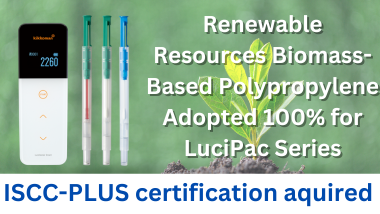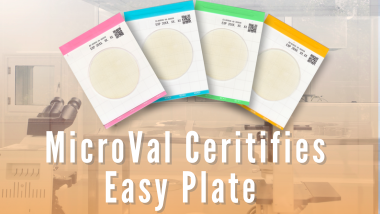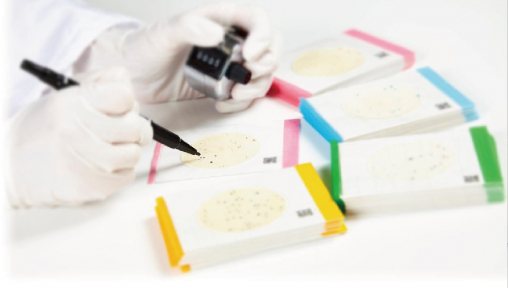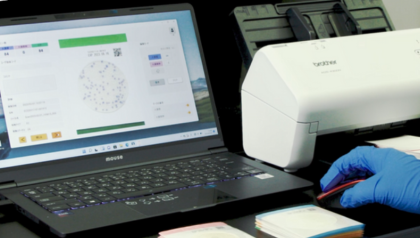Performance Evaluation of Easy Plate EB (for Enumeration of Enterobacteriaceae)
Kentaro Takenaka1, Natsuki Okochi1, Takeo Suzuki1and Tetsuya Mori2
(1) Kikkoman Corporation, (2) Incorporated Foundation Tokyo Kenbikyo-in
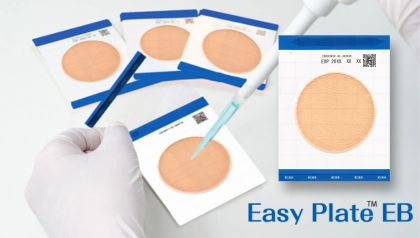
Easy Plate EB was presented at the 45th Japanese Society of Food Microbiology. The poster is available for download (PDF) in the link below.
Performance Evaluation of Easy Plate EB (for Enumeration of Enterobacteriaceae) Poster (PDF)
Abstract
Introduction
Enterobacteriaceae, including both lactose-fermenting coliforms and major non-lactose-fermenting pathogens like Salmonella, Shigella, and Yersinia, are widely recognized as critical hygiene indicators. In Japan, they have been designated as hygiene indicators under the Food Sanitation Act since 2011 for compositional standards of raw meat. The standard ISO 21528-2:2017 method recommends the use of Violet Red Bile Glucose Agar (VRBG). However, VRBG preparation is time-consuming and labor-intensive, making it inefficient for routine testing.
Purpose
To address these limitations, we developed the Easy Plate EB (E-EB), a simplified medium for Enterobacteriaceae detection, and a new algorithm for the Colony Counting System (CCS) for Easy Plate. This study evaluates the performance of E-EB and the CCS algorithm in comparison to VRBG and manual visual counting.
Method
The performance of E-EB was compared to VRBG using various food samples, including raw meats and vegetables. Bacterial counts were analyzed, and colonies were isolated and identified using the Bruker MALDI Biotyper Sirius system. For the CCS algorithm evaluation, 222 images from 31 food samples were analyzed, including 126 countable images and 96 NC (Not Countable) images. The accuracy of the CCS was assessed for correlation with manual visual counting, negative result determination, and NC detection consistency.
Results
- E-EB Sensitivity: E-EB demonstrated a high correlation with VRBG but showed higher detection sensitivity in certain samples, such as chilled pork, salads, green onions, and tortillas. Of the 40 colonies isolated, 37 colonies were identified as belonging to the Enterobacteriaceae family using the cell smear method .
- CCS Accuracy: The CCS algorithm showed a strong correlation (R = 0.968) with manual visual counting and a low error rate (RMSLE = 8.11%). All 13 plates visually determined as negative (0 CFU) were accurately classified by the CCS. For NC determination, the CCS matched visual inspection in 94.6% of cases.
Conclusion
Easy Plate EB, combined with the CCS, demonstrated enhanced accuracy and sensitivity for Enterobacteriaceae detection compared to VRBG. The CCS algorithm ensures reliable counting while reducing testing time, standardizing processes, and lowering overall costs. This combination significantly improves the efficiency and precision of microbiological testing, making it a promising solution for food safety laboratories.




